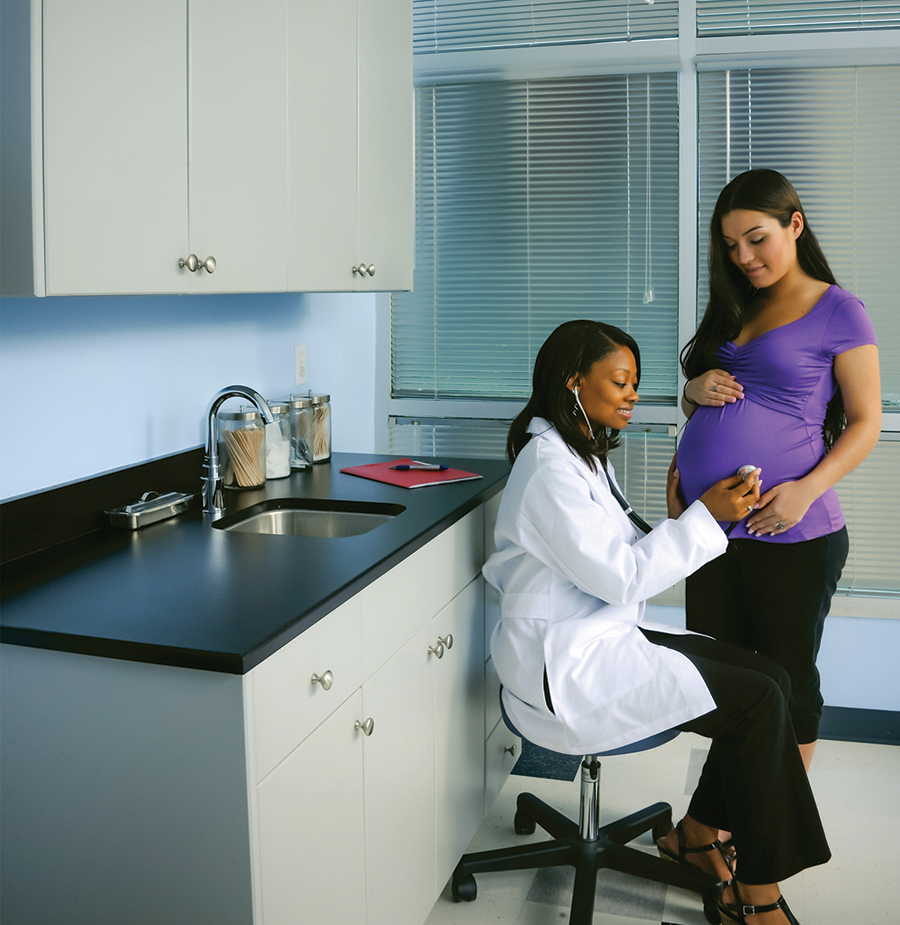Microorganism and microbe are blanket terms that refer to bacteria, fungi, viruses, algae, mold and mildew. Many antimicrobial plastics are intended to inhibit the growth of microorganisms that may stain the plastic surface or cause an odor. That is, they are intended to protect the plastic rather than to protect human health. Other antimicrobial formulations are intended to prevent disease caused by the uncontrolled growth of microorganisms on plastic surfaces. The former group of antimicrobial products can be classified as Type 1, low efficacy, and the latter as Type 2, high efficacy.
Antimicrobial functionality is achieved in performance plastics using special additives or surface coatings. Coatings are effective but risk being scraped or wiped off. They typically have a shorter lifespan compared to antimicrobials incorporated into the polymer formulation and their use is primarily limited to textiles. For plastic stock shapes, antimicrobial masterbatches are added to the plastic resin during processing. There are generally two classes of additives: organic and inorganic.
Small organic molecules that are incorporated into a performance plastic will continuously migrate to the surface due to incompatibility with the polymer matrix. This activity forms and replenishes an antimicrobial film on the surface. This film disrupts the reproduction of microorganisms (biostatic effect). The film is highly efficient in interacting with a large number of microbes in a small amount of time. However, the antimicrobial film can be wiped away when the plastic is cleaned. Since the organic molecules leach out of the polymer at a quick rate (which is temperature dependent), the lifespan of the product is limited. Consequently, organic antimicrobials are typically used in disposable items rather than in molded plastic parts.
Organic antimicrobials are cost-effective and efficient. However, the leaching effect limits product longevity and is unacceptable for food contact applications.

The release of metal ions can be controlled by the density of ions in the delivery system, or by environmental factors such as moisture in certain systems. The effect of temperature on the antimicrobial release rate is much less significant for inorganic systems compared to organic ones.
Plastics with a greater degree of hydrophobicity (that is, they repel water) resist the colonization of bacteria more effectively. Superhydrophobic surfaces (classified as having a contact angle of 150 degrees or higher with water) may be considered inherently antimicrobial. This is because of the minimized interactions of liquids at the solid surface. There are also only weak interactions with bacteria. Superhydrophobicity is achieved by modifying the surface of polymers like polycarbonate (PC) and polyethylene (PE) by chemical or physicals methods. Starting with an inherently hydrophobic polymer chemistry such as PE or polytetrafluoroethylene (PTFE) makes it easier to achieve superhydrophobicity via common surface treatment methods. These treatments can be used in conjunction with antimicrobial additives.
Antimicrobial thermoplastic materials offer many advantages to medical applications. They can prevent infection, offer long-term chemical resistance so they can stand up to cleaning, plus they can resist steam and autoclave sterilization.